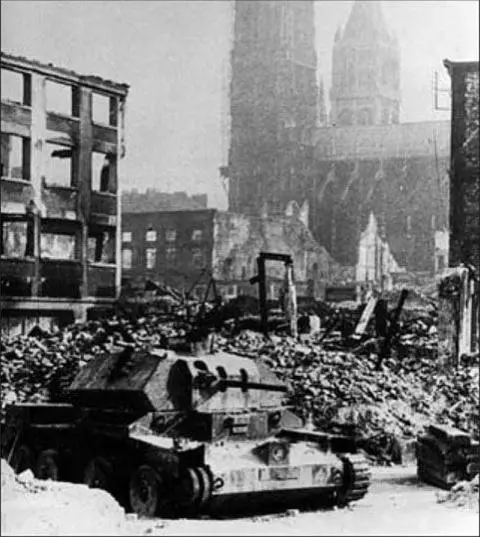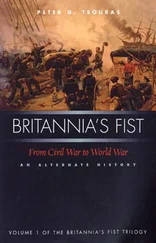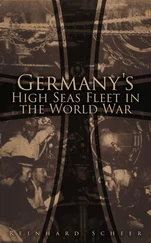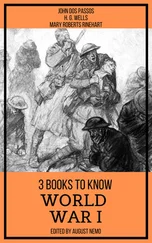In the latter half of 1940, the Australian War Cabinet began to consider the creation of a substantial tank arm for the Army. Cabinet’s decision-making process relied on the knowledge of its members and the recommendations of its military advisors on what tanks could do and how they should be employed.
At least two members of the Cabinet, Geoffrey Street and James Fairbairn, had distinguished service records from World War I, but their experience of tanks was either minimal or non-existent. Two senior soldiers, Blamey and Mackay, were very positive about the value of tanks, but in the early stages of discussions their opinions were evidently not sought.
State of Australian armour at the outbreak of war and after
With the outbreak of war with Germany, the possibility of a conflict with Japan also became more probable, and Hopkins began to investigate the strength of Japanese tank forces. He wrote that: 27
The somewhat alarming Japanese armoured strength which research had uncovered led to discussion amongst the General Staff on the possibilities of tank production in Australia. Finally the Chief of the General Staff, Lieut-General EK Squires, signed a minute to the Master-General of Ordnance asking that early steps be taken to design a light cruiser tank to the stage of production and trial of pilot models. 28
The CGS nominated two roles for the tanks: to meet and defeat Japanese tanks, and to support scout carriers. The tank was to be a light cruiser mounting a 2-pdr gun, capable of 30 mph, and armoured sufficiently to be proof against 13mm Japanese anti-tank machine-guns. There were no recommendations for any other roles, nor for an appropriate organisation for the tanks. It appears that the Master-General of Ordnance made no response to the request, almost certainly because there were so many other munitions whose supply was far more urgent. 29
The German campaign that began on 10 May 1940 and overran Holland, Belgium and France in six weeks came as a very unpleasant shock to all the forces opposed to Germany. It also eliminated the three overrun countries as members of the anti-fascist coalition and, on 10 June, Mussolini declared war. At this point only Great Britain and the dominions remained as active players against the Axis. Russia had signed a non-aggression pact with Germany, the USA was on the sidelines, Denmark and Norway had been conquered, and Sweden was inclined to support Germany by sending raw material.
The evacuation from Dunkirk left the British Army in a very parlous state. Almost all the equipment belonging to the British Expeditionary Force (BEF) had been left in France, although the great majority of soldiers returned safely. British Home Forces, augmented by the survivors of Dunkirk, were faced with an immediate and very serious threat of invasion.

Rouen, June 1940. A knocked-out A13 of the British 1st Armoured Division sits in the ruins of central Rouen. Many of the division’s tanks were sent into action without essential equipment and ammunition and were able to achieve very little (Tank Museum image).
When the BEF struggled home in June 1940 they brought with them six light and seven cruiser tanks. They left behind another 691, not counting armoured cars and carriers. 30The thirteen survivors joined 340 tanks and armoured cars in the UK. These were being augmented by the production of A9 and A10 Cruisers, but only at the rate of sixteen per month. An expedited program was essential for the defence of Great Britain, and it was also necessary to produce better tanks to counter the strength of the expected opposition.
The chain of cruiser tanks went from the A9 and A10 to the A13, the Covenanter, and the Crusader. The first two were effective in their day but becoming obsolete. The next three were mechanical horrors, and had the major disadvantage of being incapable of mounting a more powerful gun or being augmented with thicker armour. 31
A new generation of tanks with increased armour and more powerful guns was now required. This course was strongly advocated to the Tank Board 32by Major General Vyvyan Pope in June 1940. 33He confronted the Board with a difficult choice: either halt production of existing tanks and design and build tanks to meet future challenges, or keep running with the existing programs and produce tanks incapable of standing up to their opposition.
The time required for the design and development of a new tank or series of tanks would be eighteen months at the very least. 34The Government decided that it could not be without armoured fighting vehicles (AFVs) for such a lengthy period given the immediacy of the threat. It understandably decided to continue the production of current models. The unfortunate consequence of this decision was to inhibit British tank performance until the end of the war. The only truly competitive British tanks built and issued to front-line units between 1939 and 1945 were 200 Comets which were not produced until early 1945. 35
In June 1940, the British armoured forces were very short of tanks and had been committed to a program of production of inferior models. The conflict of views on the employment of tanks remained. The main conclusion to be drawn from the use of tanks in France in May and June 1940 was that they were not utilised effectively.
These two major deficiencies had an unfortunate effect on the Australian Army. At this stage the Australians naturally turned to Britain for guidance on the development and use of tanks and tank formations. They were thus seeking advice from those who were uncertain about what advice to give.
One step that had been taken was the establishment of a School of Mechanisation. A proposal for such a school was submitted to the Military Board by the CGS, Lieutenant General E.K. Squires, on 26 January 1940. 36The objectives of the School were to train instructors in driving and maintenance of tracked and wheeled vehicles and motorcycles; to train motor mechanics; to advise on performance standards for personnel and equipment; and to conduct performance tests on equipment.
The School was also to provide training for the members of armoured units on light tanks and carriers. The training required provision of four machine-gun carriers, two scout carriers, and a light tank, which would be ‘borrowed’. The School was established in Puckapunyal in 1941. 37
Second wake-up call, 10 May 1940
The second wake-up call for Australian armoured forces was the German victory in north-west Europe◦— a much more serious wake-up than the first. The result of the German victory was extremely significant for British armoured forces, faced as they were with the possibility of having to play their part in repelling an invasion with very few tanks.
Australia was in no danger of a German invasion, but the Allied reversal prompted the Government to think seriously about its strategic implications. On 8 May 1940, at a meeting of the War Cabinet, concerns were raised about the implications of the Norwegian campaign and the possibility of war with Italy. 38If Italy entered the war, it could disrupt the supply of war materiel from the UK to Australian troops in Egypt.
On 11 May, Prime Minister Menzies held discussions in Melbourne with the Ministers responsible for the Navy, the Army, and the Air Force and the three Chiefs of Staff. 39Extraordinarily, they decided that ‘no military action was necessary at present in addition to that already in hand.’
On 13 May the War Cabinet held two meetings in Canberra. At the first meeting it was agreed that ‘it was of vital importance to accelerate the war measures already approved, and that the possibility should be examined of increasing those efforts.’ 40The three services were given specific matters to examine, with the Army tasked to investigate ‘the possibility of raising and training forces greater than those at present authorised.’
Читать дальше













